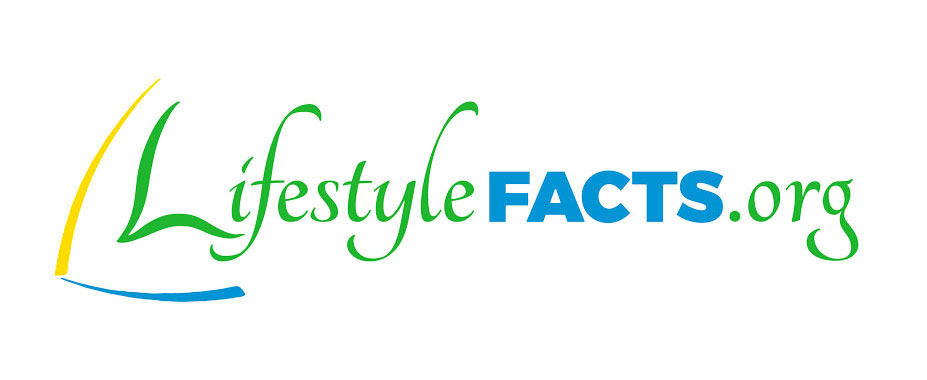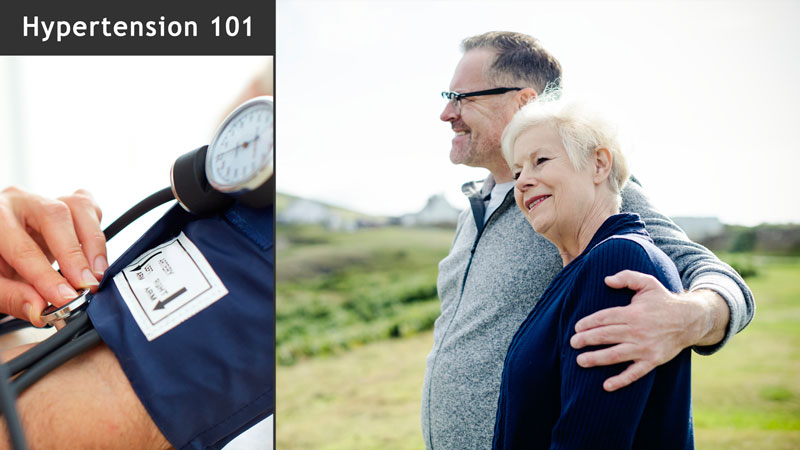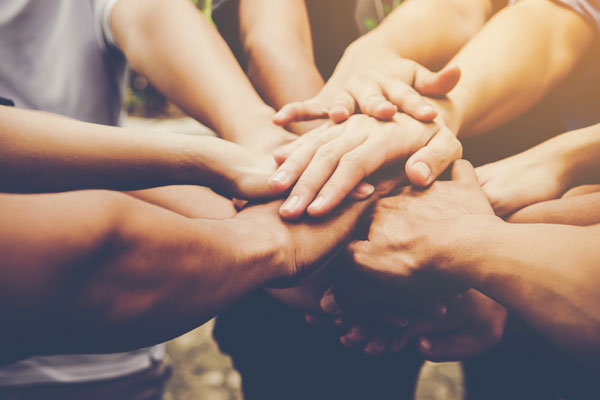By Marc Braman, MD, MPH
Marc Braman(MD, MPH):
Relationships and hypertension. We are made to connect. We’re like neurons. The same neurons that fill our head, it’s all about connection. It’s all about the arms and the touching and the signals and the messages. Same thing in relationships. The numbers, the strengths, the qualities of those connections and the messages flowing back and forth have a profound impact on every part of us, including physically. Now, Dr. Dean Ornish actually ended up writing an entire book on this topic. This is the guy that showed you can reverse heart disease with lifestyle alone. It’s called Love and Survival: The Scientific Basis for the Healing Power of Intimacy. I believe it’s out of print. The concept is awesome. The science is awesome.
In our other session in this series, we talked about the spiritual, or sort of the vertical dimension of connectedness. We’re talking about the horizontal one in this session, the person-to-person relationships. Now, this is actually fairly easy to see in terms of a person’s effect on our blood pressure when we actually look for it. You’ve heard of white coat hypertension, how your blood pressure’s higher when you go to the doctor’s office. Well, this is very true. It’s a very consistent reality. Studies show that blood pressure may be 15 points higher at the doctor’s office than at home. Good thing the new guidelines are getting past that issue. The blood pressure is also higher when a doctor measures it versus when a nurse measures it. Same person, same study. Doctor, nurse running the machine, different blood pressures. Pretty crazy. Huh?
Another study in hospitalized patients. On average, they found that when the doctor walks into the room, the patient’s blood pressure goes up 27 and 15 points. Pulse goes up 16 points. Just the doctor coming in. Some patients nearly blew a gasket, jumping as high as 75 points just from the doctor coming in the room. I hope this doesn’t mean doctors are bad for our health, but we can see these effects. We have very immediate, substantial impact on each other’s physiology in real time, and over longer periods of time, it’s going to be even more significant.
Like with other aspects of high blood pressure, we find that the good things have good effects and the bad things have bad effects. The same is true in relationships. On the negative side for relationships, yes, they produce a lot more stress, the primary mechanism through which many of us experience our stress in life, other people. Now, those with high blood pressure tended to have lower social support. They had increased cortisol and adrenaline in response to stress, meaning the same thing happens to different people. These people with high blood pressure react more. They have a bigger dump of the stress hormones, a bigger blood pressure shoot. Again, body, mind, spirit, how they’re generating that stress.
Some of the studies are clearly showing that social support is also a well-documented determinant of hypertension. Our connectedness, our support from other people, our community changes our blood pressure. Now, we have seen for a long time that different ethnicities, different races have different levels of high blood pressure. Blacks have a lot more problem with high blood pressure than whites, and we’ve been trying to sort out why. Well, it turns out that at least some of that effect seems to be due to different levels of social support. For a lot of different reasons, many black people may have less social support. That may be why they’re having such bad hypertension, but potentially, also, a tool that we can use as part of treatment, get them connected again in positive ways. We touched earlier on work environment and stress and blood pressure, so a tip. If you are living and working in a pressure cooker hostile work environment that you can’t change, part of your best treatment may be a different job, and I have had patients with pretty high blood pressure that, when they changed jobs, their blood pressure came back to normal.
Okay. On the positive side, relationships. As mentioned, there are literally books itemizing all the positive health benefits of healthy relationships, Dr. Ornish’s book. What’s interesting about Dr. Ornish’s program, his heart disease reversal program, four components. Everyone loves to talk about the diet part. He will be the first to tell you the most important part of his program is the group. It’s the connectedness. It’s the community. It’s the emotional bonding with other human beings in healthy ways that produces the most important benefit overall. Here’s one practical example of connectedness, people who gave blood. Those that gave four times in a year lowered their blood pressure 17 points and 12 points without affecting their blood count or their iron levels. Now, there’s probably some physical things going on there, but there’s also probably some relational parts going on in that picture.
Connected is protected. Your degree of social integration and social support predicts your risk of hypertension and, specifically, the top number, your systolic blood pressure rise later. However connected you are or aren’t now, your social integration, your social support, is determining your risk of high blood pressure in coming years, so we can also use it on the preventive side. Just simple basic contact in healthy ways with other people is being found to be so important. 12 step programs, what actually predicts their success most accurately, staying free of addictions, guess what, two things, meeting attendance, just showing up, and having a sponsor, someone else who they can talk to when they’re having trouble that they’re connected with that will care about them. Those two simple things predict well their success. We see the same pattern with smoking treatment. The studies show that the more intense, the more frequent the contacts, the more effective the program, regardless of the program.
It’s rather strange that this thing we call love isn’t even in the scientific dictionary, if you will. You try going to the medical science and put in the term love, and all you’re going to come up with is a bunch of people with the last name of Love who did some other kind of research. However, that doesn’t change the reality. Love, relationships, need to be a practical part of your treatment plan for high blood pressure. It’s long been said that love is what makes the world go round. Well, it seems it also helps our blood go round, too.
Love & Survival: the Scientific Basis for the Healing Power of Intimacy. Ornish, Dean. Vermilion, 2001.
Home measurement of blood pressure and cardiovascular disease: systematic review and meta-analysis of prospective studies. Ward AM, Takahashi O, Stevens R, Heneghan C. J Hypertens. 2012 Mar;30(3):449-56. doi: 10.1097/HJH.0b013e32834e4aed. Review.
Doctors record higher blood pressures than nurses: systematic review and meta-analysis. Clark CE, Horvath IA, Taylor RS, Campbell JL. Br J Gen Pract. 2014 Apr;64(621):e223-32. doi: 10.3399/bjgp14X677851. Review.
Effects of blood-pressure measurement by the doctor on patient’s blood pressure and heart rate. Mancia G, Bertinieri G, Grassi G, Parati G, Pomidossi G, Ferrari A, Gregorini L, Zanchetti A. Lancet. 1983 Sep 24;2(8352):695-8.
Low social support and poor emotional regulation are associated with increased stress hormone reactivity to mental stress in systemic hypertension. Wirtz PH, von Känel R, Mohiyeddini C, Emini L, Ruedisueli K, Groessbauer S, Ehlert U. J Clin Endocrinol Metab. 2006 Oct;91(10):3857-65. Epub 2006 Aug 1.
Race/Ethnicity and hypertension: the role of social support. Bell CN, Thorpe RJ Jr, Laveist TA. Am J Hypertens. 2010 May;23(5):534-40. doi: 10.1038/ajh.2010.28. Epub 2010 Feb 25.
Regular blood donation may help in the management of hypertension: an observational study on 292 blood donors. Kamhieh-Milz S, Kamhieh-Milz J, Tauchmann Y, Ostermann T, Shah Y, Kalus U, Salama A, Michalsen A. Transfusion. 2016 Mar;56(3):637-44. doi: 10.1111/trf.13428. Epub 2015 Dec 8.
Social relationships and hypertension in late life: evidence from a nationally representative longitudinal study of older adults. Yang YC, Boen C, Mullan Harris K. J Aging Health. 2015 Apr;27(3):403-31. doi: 10.1177/0898264314551172. Epub 2014 Sep 23.
Involvement in 12-step activities and treatment outcomes. Zemore SE, Subbaraman M, Tonigan JS. Subst Abus. 2013;34(1):60-9.





